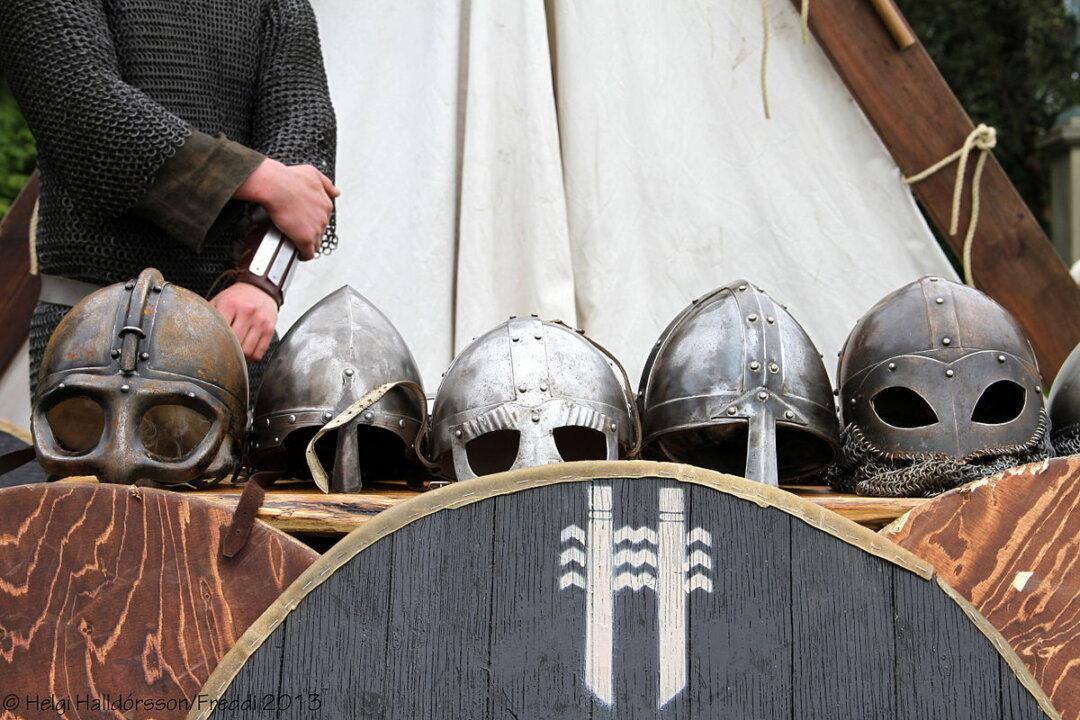Scientists assumed a few things about a Viking skeleton they excavated in the 1800s.
The skeleton was buried with two horses, an ax, a sword, a spear, a battle knife, and shields, so they assumed the skeleton belonged to a warrior.

Scientists assumed a few things about a Viking skeleton they excavated in the 1800s.
The skeleton was buried with two horses, an ax, a sword, a spear, a battle knife, and shields, so they assumed the skeleton belonged to a warrior.